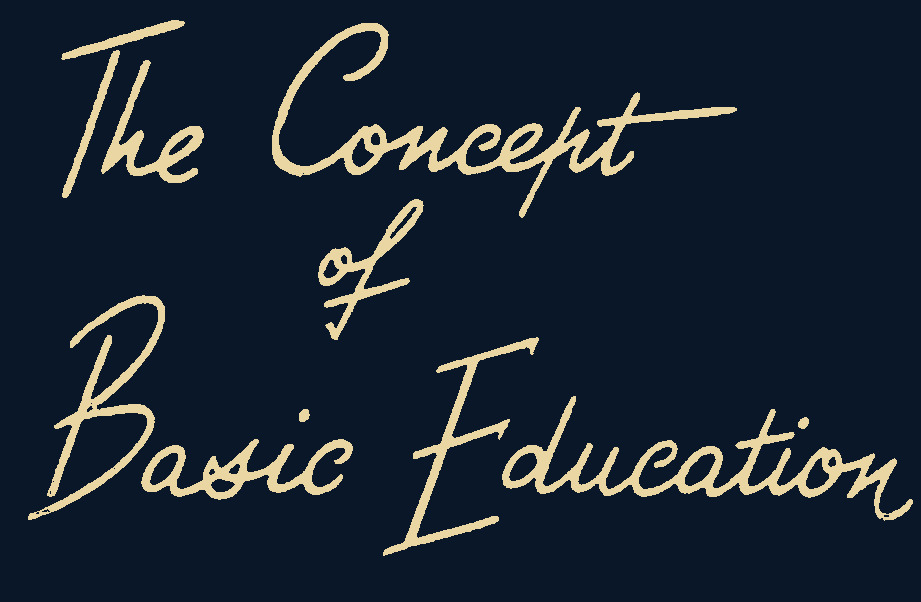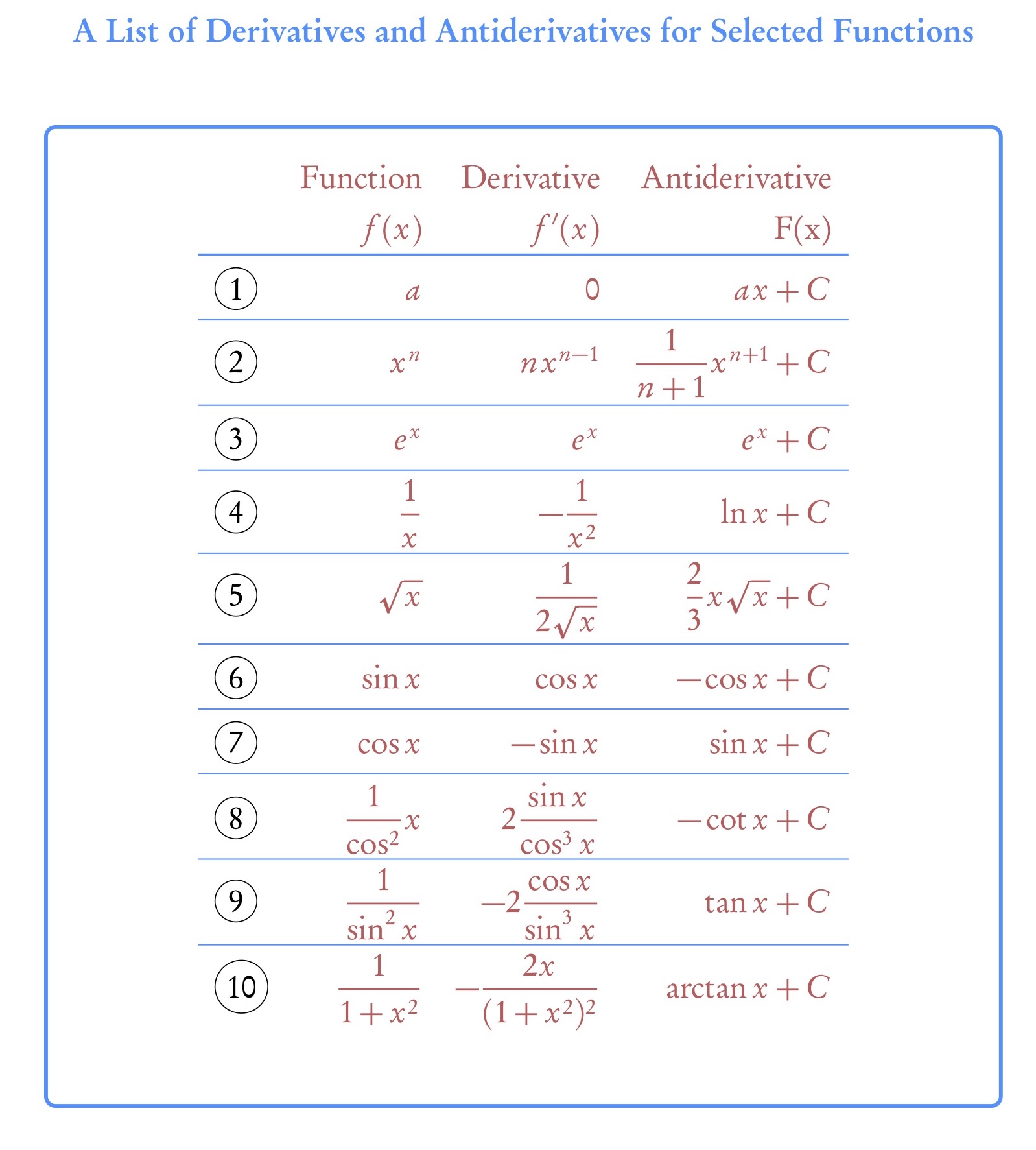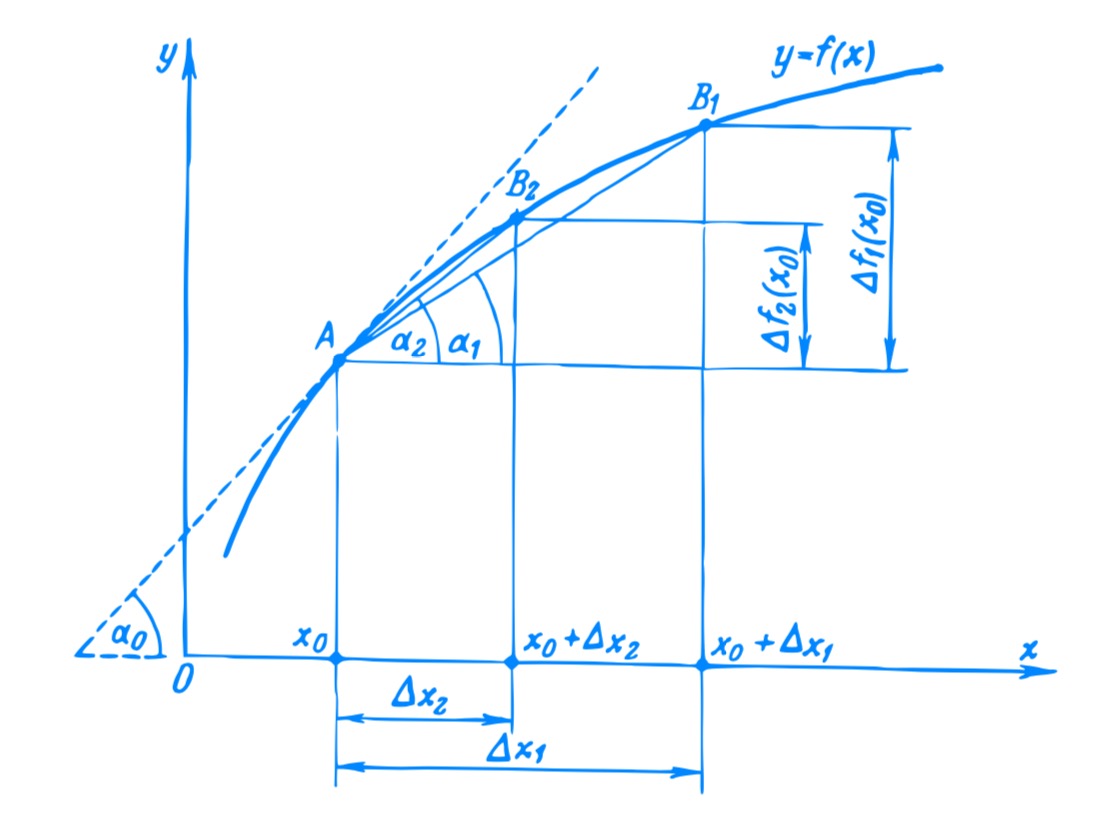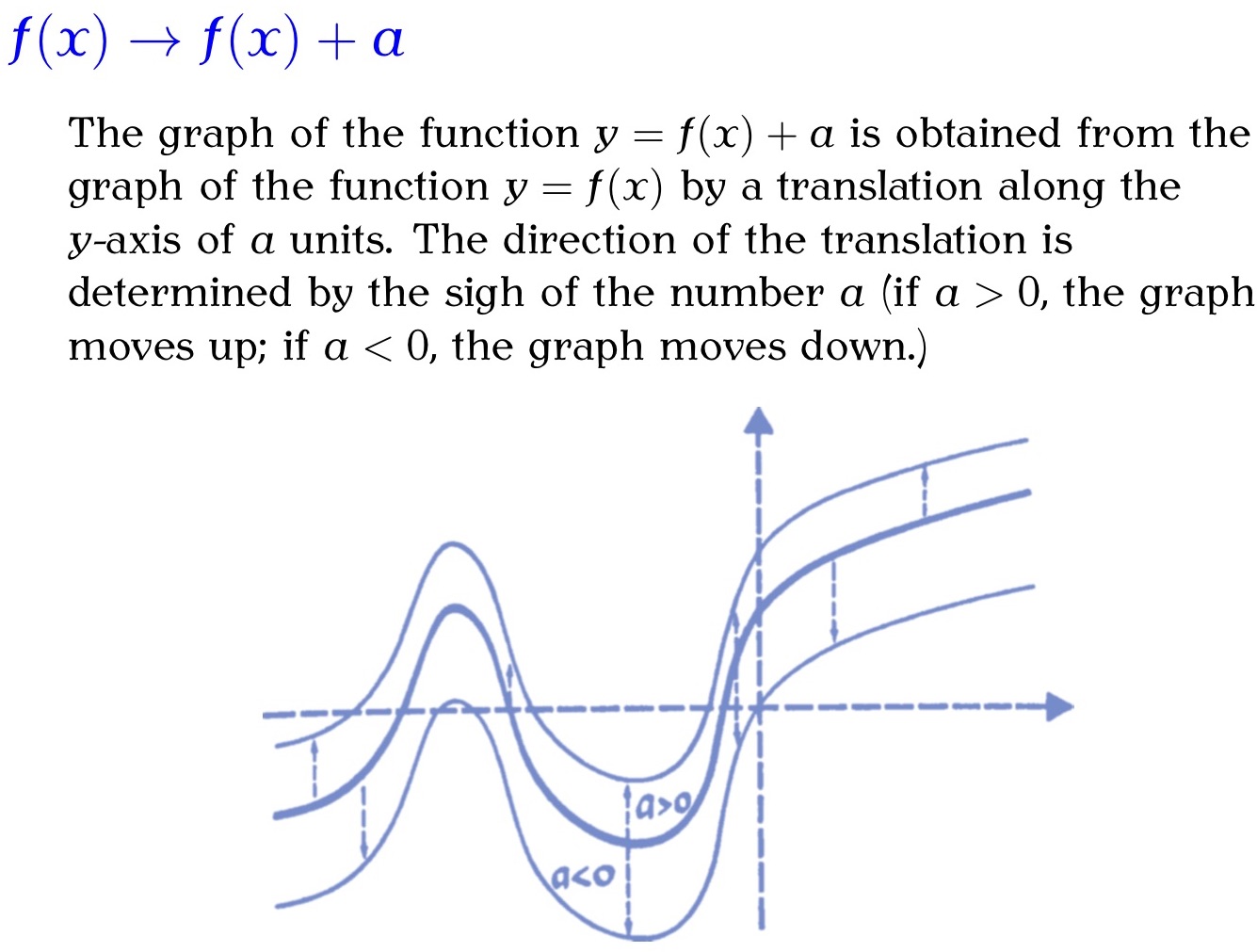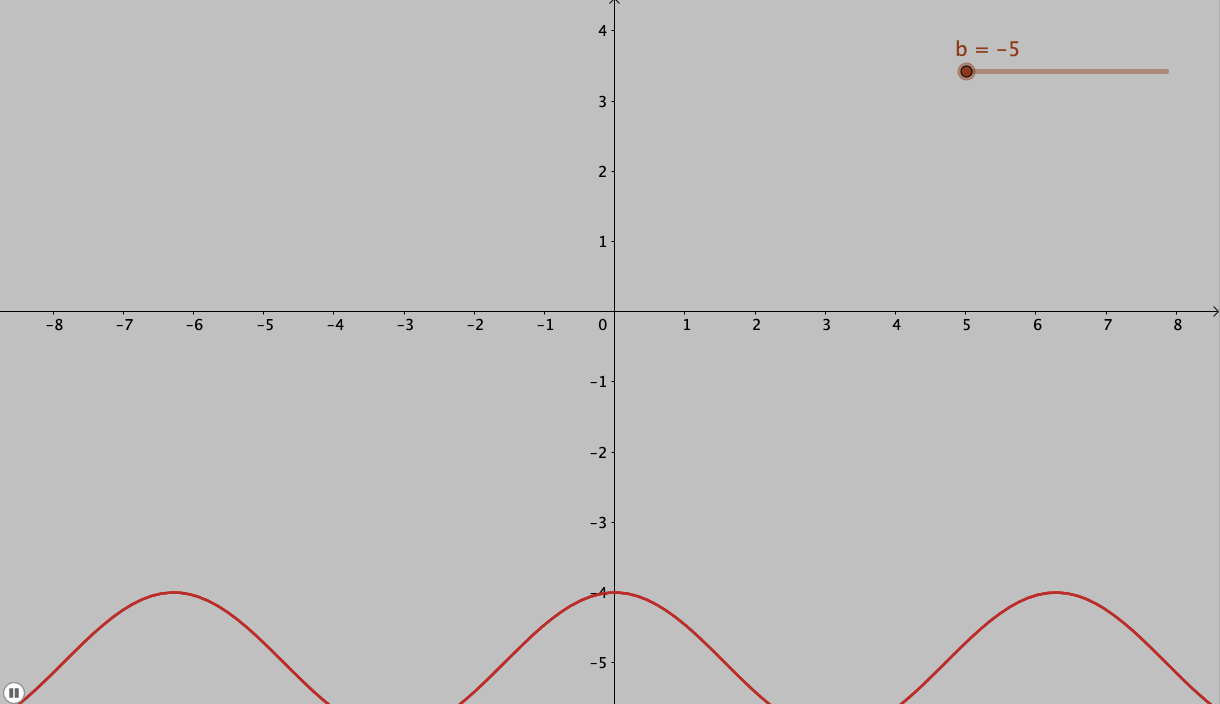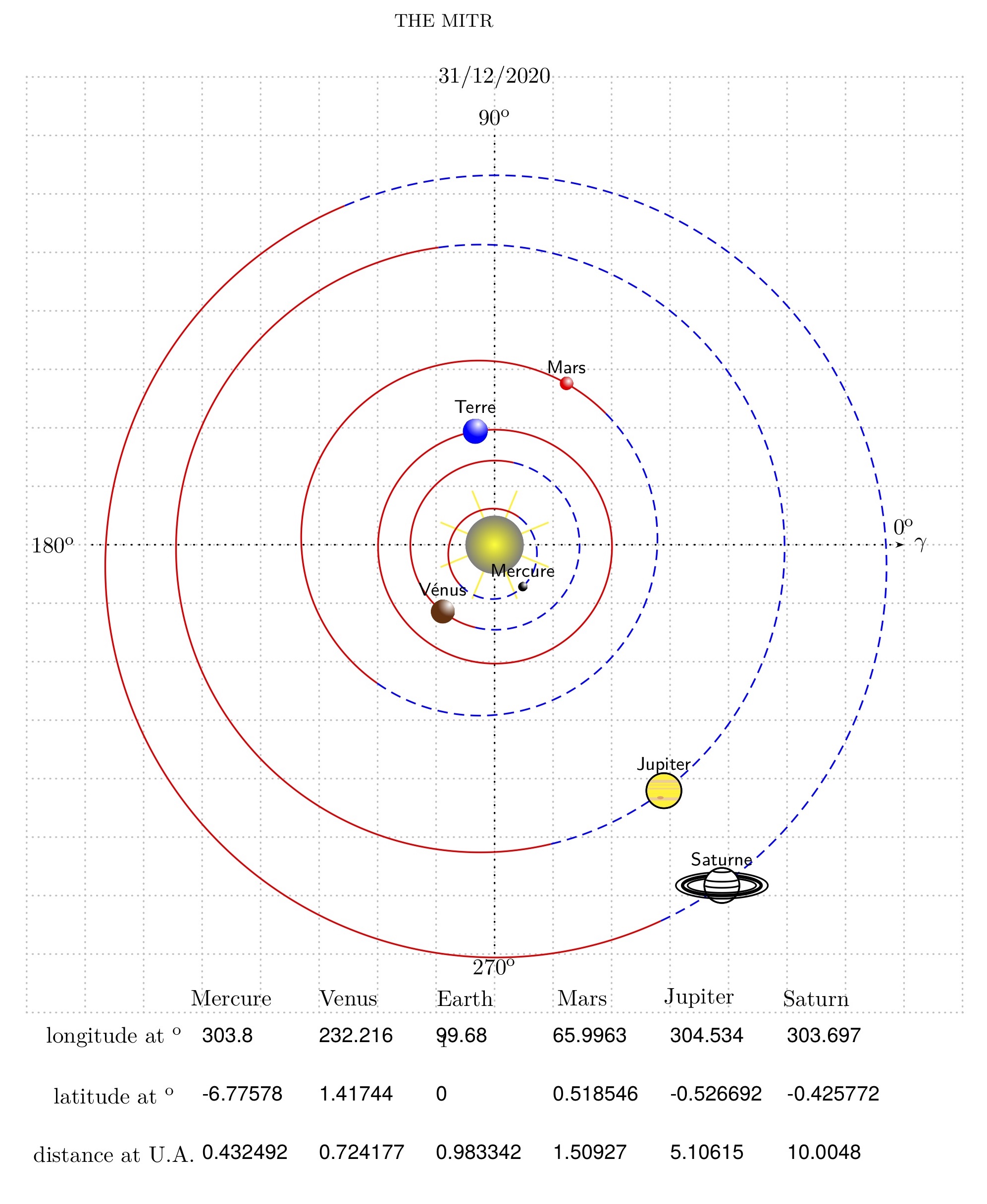Recently Government of Maharashtra introduced a new idea of reducing the passing marks mathematics and science. It is no secret that mathematics is the most hated and dreaded subject in school learning for many students. Over the decades this idea has been reinforced. Only a few “bright” students in the class seem to “enjoy” mathematics in the classroom. And even getting good marks is no guarantee that the students are enjoying or understanding mathematics. They might be just rote learning entire problems and proofs as is and are able to reproduce them in the examinations. Same is true for sciences also. Students will rote learn and reproduce from memory pages and pages of information about a topic, but if you ask them any conceptual questions they are seen lacking. And this is true for teachers as well. Many teachers, even ones with decades of experience, lack much conceptual clarity or depth in the topics they are teaching. They are able to explain(?) how to solve particular problems or flow of process, but an overarching perspective about the subject matter is often found missing.

Me being a science and mathematics educator finds this state of affairs very saddening. There are some hard facts that the science and mathematics education community in India needs to look at. So far they have been conveniently ignoring the proverbial gorilla in the room, or putting a carpet over it. In this post I want to give my perspective on how the science and mathematics education community has largely failed in addressing some fundamental concerns and are rather interested in problems which do not matter for most of the stakeholders and most importantly for the learners who in the end face the burden of their mistakes.
Now of course doing research is a specialisation. I do not want to sound dismissive of the entire enterprise by saying the act of doing research itself is trivial. That is not the case. Though I have my reservations about how educational research is conducted, that will be topic of another post which I have titled Two Dogmas of Educational Research. The research is done with all the necessary precautions and agendas. Proper citations are made, statistical procedures are applied and it is published in prestigious journals in the field. Year after year conferences are held, attended, latest research presented in them and applauded. The conferences are a celebration of of slides no one reads, jargon no one understands, post-presentation questions that never seem to end and networking. All this, when seen from a non-participating third person perspective somehow feels like both work and a party but achieves neither. I mean of course people do benefit from these, but it is more like I scratch your back you scratch mine.
But way most research articles are written they are jargonified to an extent that they will appear jibberish to anyone who is not trained in understanding the jargon. Articles on teacher education, which want to emphasise importance of teacher education, if given to ordinary school teachers to read (who imho are the stakeholders), will most probably go over their heads. From what little I have understood lot of research in education happens for sake of doing research and not for improving the conditions of stakeholders. The only people who generally benefit from this are researchers who get grants and tenures based on this. How this research actually translates to those stakeholders on whose behalf/improvement they do this is not a matter of concern to them. Another way to say this is that in most cases this research has no value outside of the journals they are intended for.
A lot of Indian educational researchers, when they get a chance to abroad choose to do comparative studies between Indian and other classrooms. This I think is the lowest hanging fruit that one can opt for. I mean if qualitative research teaches you anything it is that context is everything. Of course there are going to be differences in the two classrooms, I will be damned if I don’t find any. But is it worth to do such a research? When countless other times it has been done? Its like comparing apples to oranges literally and then elaborating on how apples are red and oranges are well orange in colour. This fetishisation needs to stop. I will come back to this point later.
Now there is something called as the streetlight effect, or the drunkard’s search principle, is a type of observational bias that occurs when people only search for something where it is easiest to look. This is exactly that has been happening in case of science and mathematics education research at least in India. And yet even after several decades of research they can’t find way to teach fractions correctly to children. Researchers continue to find “new” problems flogging this zombie horse to churn out papers. I am not calling the horse dead, because it, like a true zombie, is resurrected as a “problem” by researchers in each paper and proposing for each research grant. If the horse is dead so will be their research and those grants that they want. So it is in a way self-sustaining problem in educational research. The researchers are in ivory towers and don’t want to get their things dirty with murky things in the actual classroom.
And this is happening because they are choosing the wrong problem to target. Simply because some leaders in the West chose to do so. Most Indian researchers are just following their lead, as they have to submit research in these prestigious journals to be part of the community. We need researchers who will identify problems in Indian context and provide solutions within these contexts. A simple example will suffice. While all effort has been on introducing “constructivism in the classroom” with enormous number of researchers engaged in this one way or other. But how do we actually teach our teachers who are supposed to implement this idea at the grassroots level? Are the student-teacher’s classrooms constructivist in nature? NO. They are just ordinary classrooms who are using behaviourist methods to teach them and then we expect these same teachers to be experts in implementing constructivism in the classroom when they had no experience of it during their own training as teachers or otherwise. This is the same pattern that you will see in all educational research. Researchers and curriculum developers in ivory towers (research institutes and universities) have some lofty normative ideas which they shove down the throats of teachers and ultimately those of the learners without understanding the context in which they will be implemented.
Another day I was talking to a math educator who seemed to be convinced that mathematics needs to be taught for support of “mathematical thinking” to students. And for this it was to be divorced from all other subjects and should be taught for itself. In principle (that is on a curricular document) this seems good, but how does this translate to practice? It might be one of the reasons that mathematics is one the most hated subjects in the school. Learners actually fear mathematics. There is a term specifically coined for this mathophobia. Papert talks about it. But was this of concern to that person, apparently not. They were adamant that mathematics does not need support from other subjects. I was instead arguing for a well founded teaching of mathematics in which mathematics and science go hand in hand. More often that not the mathematics and science follow completely different pathways introducing mathematical concepts to learners (as I found during my PhD work), as if they are teaching completely different people, even for the textbooks of the same classroom. Well, historically mathematics developed for solving problems that our ancestors faced, whether it be about business or science. Why can’t we use the same manner to teach mathematics to our children?
A Parable
Once upon a time, in a far away country, there was a community that had a wonderful machine. The machine had been built by most inventive of their people … generation after generation of men and women toiling to construct its parts… experimenting with individual components until each was perfected… fitting them together until the whole mechanism ran smoothly. They had built its outer casing of burnished metal and on one side, they had attached a complex control panel. The name of the machine, KNOWLEDGE, was engraved on a plaque set in the centre of the control panel.
The community used the machine in their efforts to understand the world and to solve all kinds of problems. But the leaders of the community were not satisfied. It was a competitive world… they wanted more problems solved and they wanted them solved faster.
The main limitation for the use of machine was the rate at which data could be prepared for input. Specialist machine operators called ‘predictors’, carried out this exacting and time consuming task… naturally the number of problems solved each year depended directly on the number and skill of the predictors.
The community leaders focussed on the problem of training predictors. The traditional method, whereby promising girls and boys were taken into long-term apprenticeship, was deemed too slow and too expensive. Surely, they reasoned, we can find more efficient approach. So saying, they called the elders together and asked them to think about the matter.
After a few months, the elders reported that they had devised an approach that showed promise. In summary, they suggested that the machine be disassembled. Then each component could be studied and understood with ease… the operation of machine would become an open book to all who cared to look.
Their plan was greeted with enthusiasm. So, the burnished covers were pulled off, and the major mechanisms of the machine fell out… they had plaques with labels like HISTORY and GEOGRAPHY and PHYSICS and MATHEMATICS. These mechanisms were pulled apart in their turn… of course, care was taken to keep all the pieces in separate piles. Eventually, the technicians had reduced the machine to little heaps of metal plates and rods and nuts and bolts and springs and gear wheels. Each heap was put in a box, carefully labelled with the name of the mechanism whose part it contained, and the boxes were lined up for the community to inspect.
The members of the community were delighted. Their leaders were ecstatic. They ‘oohed’ and ‘aahed’ over the quality of components, the obvious skill that had gone in their construction, the beauty of designs. Here, displayed for all, were the inner workings of KNOWLEDGE.
In his exuberance, one man plunged his hand into a box and scooped up a handful of tiny, jewel-like gear wheels and springs. He held them out to his daughter and glancing, at the label on the box, said:
“Look, my child! Look! Mathematics! ”
From: Turtle Speaks Mathematics by Barry Newell
You can get the book (and another nice little book Turtle Confusion) here.
If the researchers and curriculum developers were ever serious about implementing “constructivism in the classroom” first they would start by reforming teacher education programmes to reflect the pedagogy they want to implement. The second important step would be to reform assessments. Its funny and ironic to see researchers and curriculum developers trying to implement constructivist pedagogies in classrooms with behaviorist assessments and then be dismayed over the results from both students and teachers about their understanding of the subject matter. These strategies are just cosmetic ways to cover fundamental issues that plague the educational system. No reform will be possible with such strategies, but who cares as long as their tenures and grants are justified and their names adorn research reports, textbooks and curricula. They are just repeating the mistakes of the past and expect the results to be different, well it is different in each case and reported in a jargonised framework supported by statistical scaffolding but doesn’t lead to any actual changes on the ground. But that is okay for them as they don’t have any skin in the game, whether learners (both teachers and students) don’t change is not going to do them any harm but keep the zombie alive.
So that the point of all this ranting? The point is that the decision to reduce marks for “passing” is the outcome of such ill-visioned policies and agendas by those who were in position to challenge and change status quo. But instead they choose to go the easier way by keeping the problem alive


